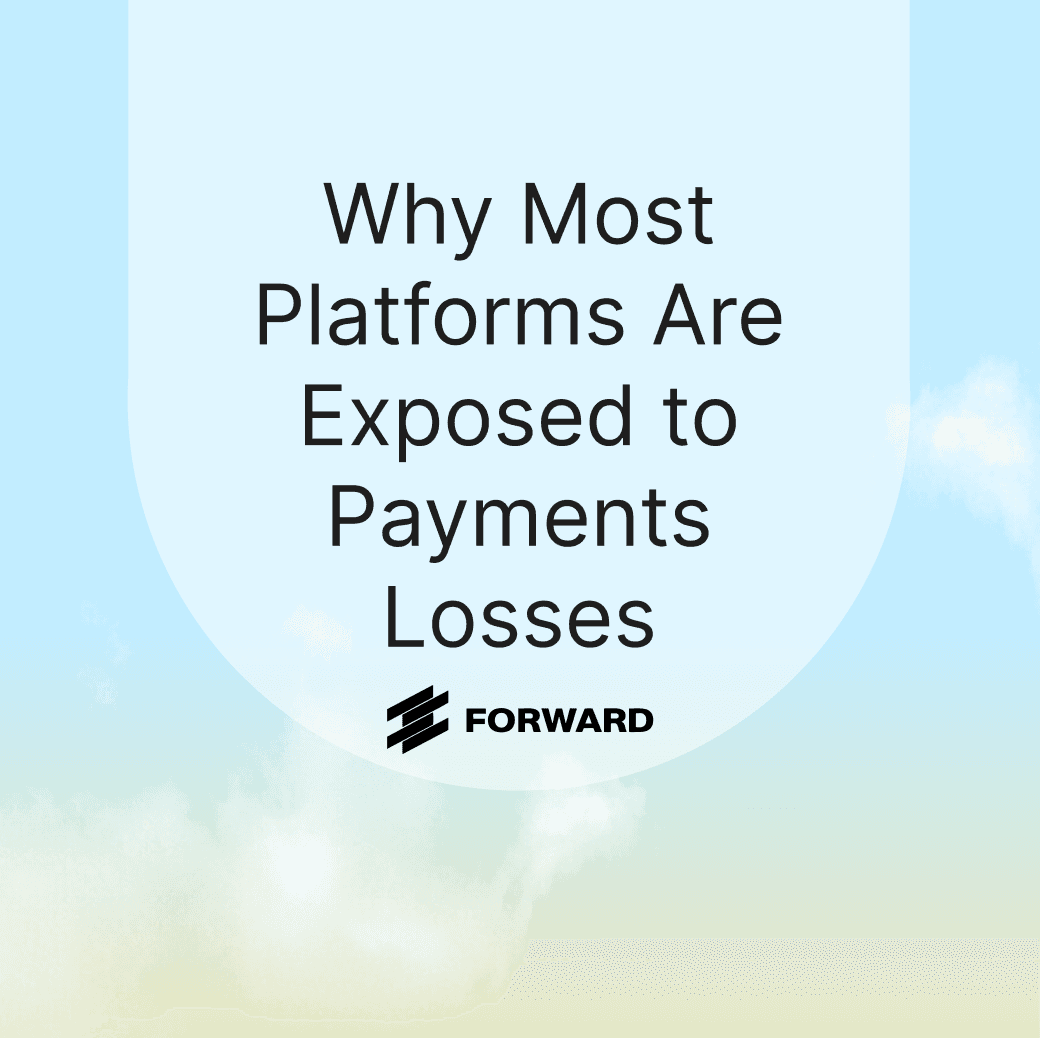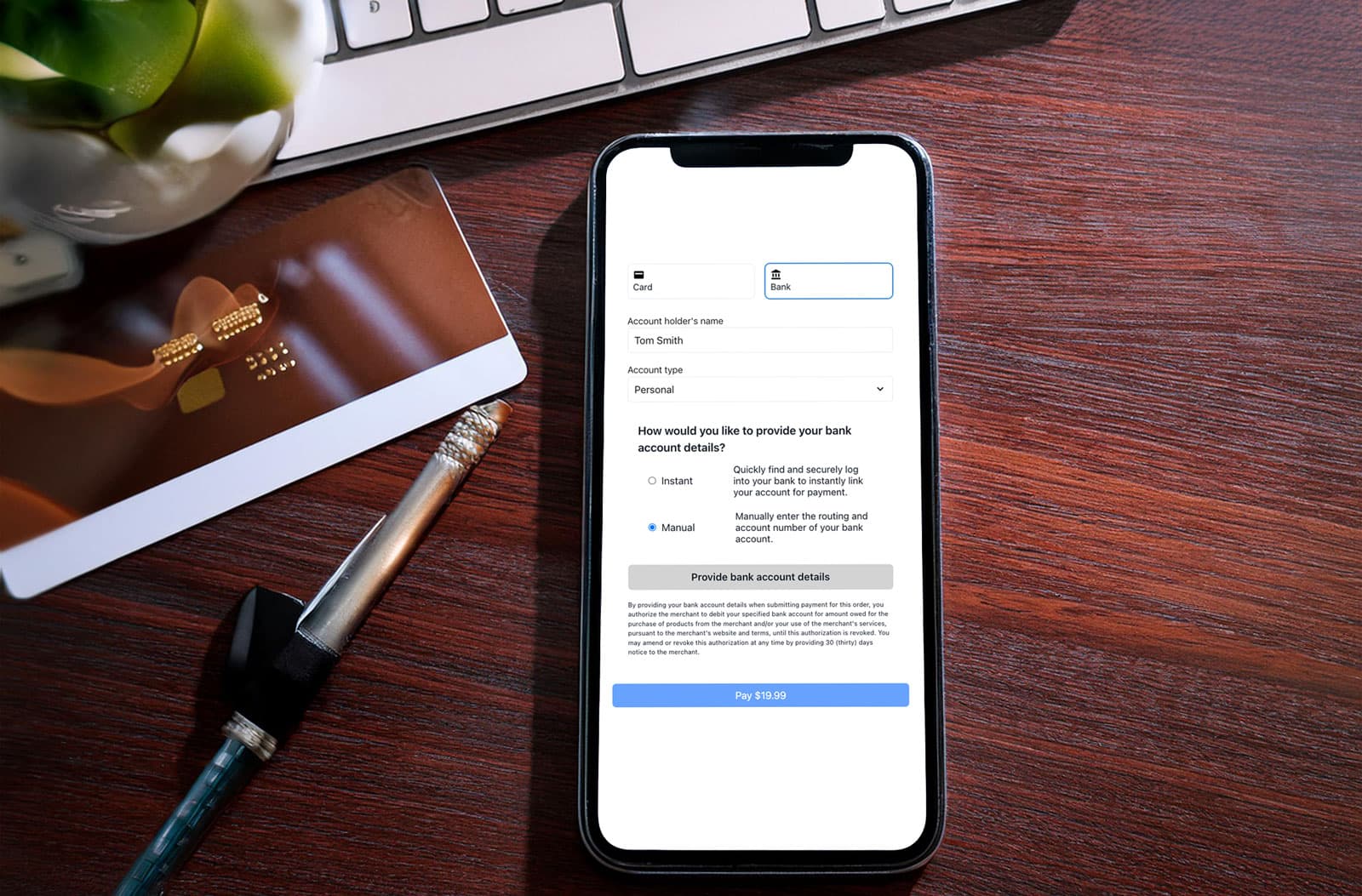A day doesn’t pass without a software platform being caught off guard by an expensive “loss” from their payments business. Here are just a couple posts from LinkedIn capturing the frustration:
“I’ll say it plainly: If you use [insert payments product], relying entirely on [insert payments service provider (PSP)] for merchant risk is like locking your windows but leaving the front door wide open. That PSP is great at many things, including basic KYC/KYB for your merchants, but comprehensive risk assessment needs to happen across the entire lifecycle of a merchant. Are you catching all these critical signals?”
Consider these common scenarios:
- “A popular resort suddenly receives negative Google reviews, unpaid staff allegations surface, and guests start warning others—but their PSP doesn’t see these reviews to factor into their decisions.
- “A scammer clones a legitimate online seller’s website, takes orders from customers, and their PSP sees just another normal merchant because the copycat website isn’t obvious.”
- “A medspa customer on your platform that you’ve just onboarded for payments is involved in multiple lawsuits. How can you miss that?”
- “A new marketplace quickly onboards 1,000 sellers, manually checks only 130, and hopes the remaining 870 aren’t shell companies.”
- “A legitimate merchant suddenly experiences a 5× sales surge overnight—their PSP sees growth, but are you sure those transactions are legitimate?”
Unfortunately, this blog post could be filled with hundreds that all read very similarly. Let’s discuss how losses originate in payments and what causes software companies to think they are insulated when they are actually exposed.
Payment losses have many ways of originating, including fraud, which is increasing in frequency in the AI-era. But let’s take a simple pattern:
- A customer makes a $2,000 purchase.
- The merchant receives $1,940 in their settlement the next day.
- The software platform generates $20 in revenue.
- The merchant subsequently goes out of business and never delivers the good or service.
- The customer charges back the transaction and their account is credited $2,000.
- The PSP/PFAC attempts to collect the $2,000 from the merchant, but they are out of business and their bank account is closed.
- Almost always, the $2,000 is deducted from the software platform’s payments revenue.

Suppose this merchant took (on average) 30 days to deliver their good/service and made $5,000 in sales per day. The platform has quickly accumulated $150,000 of hidden liability that they oftentimes do not account for or mitigate. The PSP realizes the loss (radar is a false sense of security) and the payments revenue for the platform is wiped out for the month.
Forward takes a different approach.
Included in our managed PFAC offering (Rails or PFAC), software platforms receive risk services – professionals that are underwriting merchants not purely for KYC/KYB, but also for credit exposure. In addition, our team monitors transactions and settlements daily to limit platform exposure. Finally, we participate in losses alongside our partners. We have skin in the game and incentive to invest in technologies and people to ensure payment losses are mitigated.
It’s easy to say, I’ve been with this payments company for 3 years and never taken a loss. If you are serving small and medium sized businesses, the one-year failure rate is 21.5% (according to LendingTree), 20.0% (according to Chamber of Commerce), and has surged from 18% to 24% (according to Lendio). You are playing a numbers game. Eventually you will be stuck with losses, eating away at your payments success.





